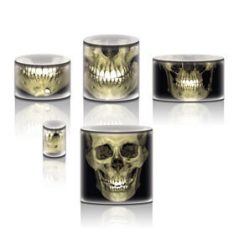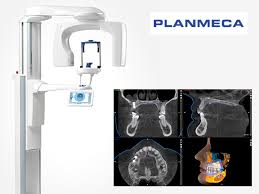Dental CT images
Dental CT images are becomeing the standard of care in certain dental procedures. Dental CT images provides dentists with 3d pictures giving us much more information thank a regular 2d xray. It allows us to treat patients with much more clarity and to make things like dental surgical guides.
How does it work?
The patient stands in the machine and the xray head rotates around the patient taking the Dental Ct images much like a standard panoramic machine. The software then creates many slices of the jaw allowing us to look at them and understand the 3d anatomy and pathology in the patients mouth.

Different amounts of 3d data can be captured
Radiation Concerns
Radiation from dental xrays is always a concern . However, the introduction of digital developments of dental xrays has reduced the exposure to miniscule amounts. Simple dental bite wings are literally 1/10,000 the amount of radiation of a chest xray. With CT’s today, the same technology has drastically reduced the exposure to patients. As a result, them have become the standard of care for many procedures and are completely safe regarding the dosage of radiation.
As an example, we measure radiation in a unit called microsieverts. A mammogram equals about 300 microsieverts. Just living in Denver, Colorado, due to it’s altitude you are exposed to 500 microsieverts a year that people at sea level are not. So how much radiation do modern CBCT machines produce ? The answer is not a lot. A regular dental panoramic is about 15 microsieverts. So in the big pictures these new machines generate minimal amounts of radiation

Regular dental xrays are now simple
Regular dental xrays just got easier
Remember those uncomfortable dental xrays, when we had to have you bite on those painful squares in your mouth? Well the new CT models allow us to get those xrays and more without having that painful thing shoved into your mouth. They are called extra oral dental xrays. The same CT machine goes around your head and instead of a panoramic xray, or a CT xray, we get the regular xrays without the pain.